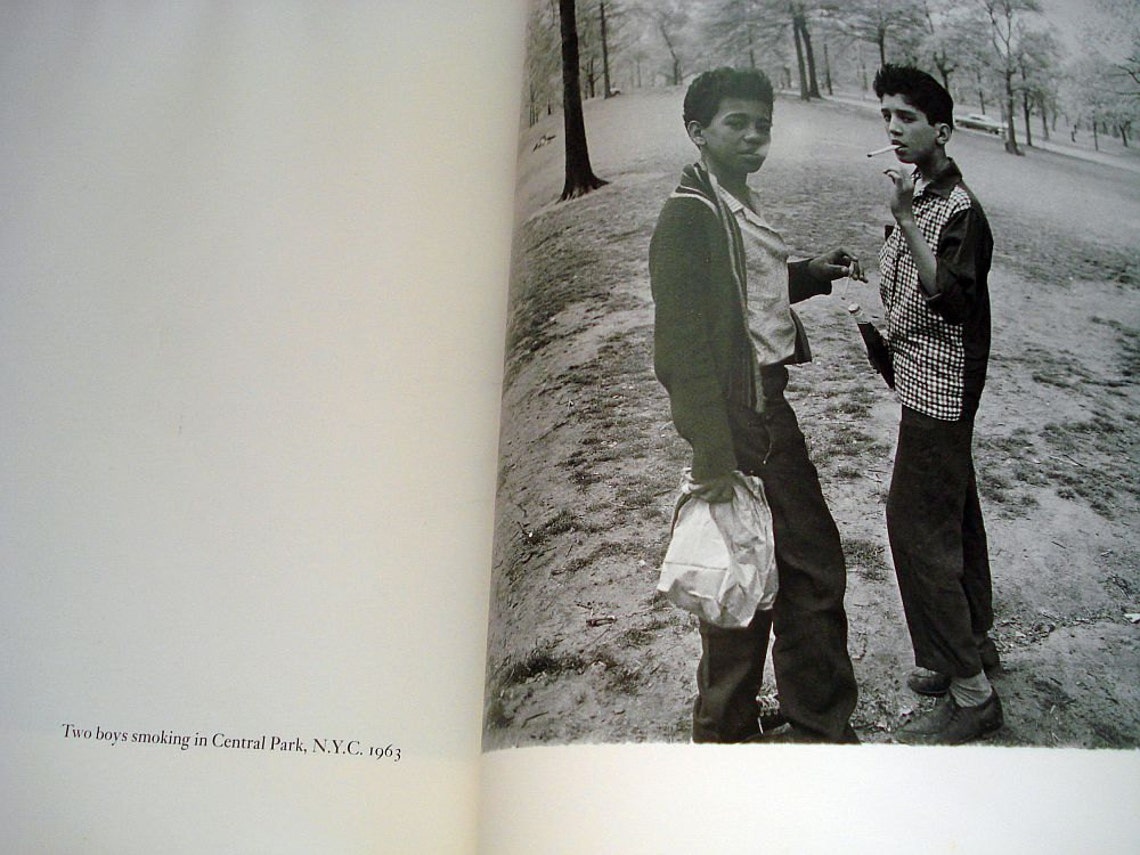

One great poet alone cannot change the moral weather even when the poet has millions of Red Guards at his disposal, it is not easy. The Great American Cultural Revolution heralded in the preface to the first edition of Leaves of Grass (1855) didn’t break out, which has disappointed many but surprised none. All facts, even mean ones, are incandescent in Whitman’s America-that ideal space, made real by history, where “as they emit themselves facts are showered with light.” Nobody would fret about beauty and ugliness, he implied, who accepted a sufficiently large embrace of the real, of the inclusiveness and vitality of actual American experience. Great claims were made for candor by our boldest, most delirious prophet of cultural revolution. It seemed to him servile or snobbish to make any discriminations of value, except the most generous ones. Five volumes of her work have been published posthumously and have remained continuously in print: Diane Arbus: An Aperture Monograph (1972), Diane Arbus: Magazine Work (1984), Untitled: Diane Arbus (1995), Diane Arbus: A Chronology (2011), and Diane Arbus Revelations (Random House, 2003).Walt Whitman tried to see beyond the difference between beauty and ugliness, importance and triviality. Hennessey using prints by Neil Selkirk.ĭiane Arbus (1923–1971) revolutionized the terms of the art she practiced. This is the first edition in which the image separations were created digitally the files have been specially prepared by Robert J.
.jpg)
Nearly fifty years has not diminished the impact of these pictures they penetrate the psyche with the force of a personal encounter, and transform the way we see the world. Universally acknowledged as a timeless masterpiece, and translated into five languages, Diane Arbus: An Aperture Monograph remains the foundation of her international reputation. Their goal was to remain faithful to the standards by which Arbus judged her own work, and to how she hoped it would be seen. The monograph of eighty photographs was edited and designed by the painter Marvin Israel, Diane Arbus’s friend and colleague, and by her daughter Doon Arbus. The publication of Diane Arbus: An Aperture Monograph in 1972, and the posthumous retrospective at the Museum of Modern Art, offered the public its first encounter with Arbus’s achievements. When Diane Arbus died in 1971 at the age of 48, she was already a significant influence-even a legend-among serious photographers, although only a small number of her pictures were widely known.


 0 kommentar(er)
0 kommentar(er)
